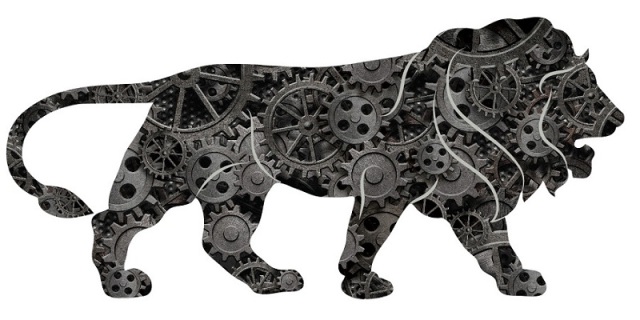The Strategic Partnership Policy (SPP) could throw open deals worth over $20bn to six selected private sector companies in India.
India’s defence forces will get their first fighter jets, submarines, helicopters and armoured vehicles made in India by the private sector within a few years. And it is entirely probable that friendly foreign countries could also be using some of these Made in India weapon systems.
In a major boost to private sector participation in offensive defence platforms, the defence ministry, headed by Arun Jaitley, who also wears the hat of India’s Finance Minister, has cleared the Strategic Partnership Policy (SPP) that could throw open deals worth upward of $20 billion to six selected private sector companies in India.
Foreign defence contractors and their suppliers and vendors will also benefit as they will be the primary technology and component providers, and help India develop its own defence industrial manufacturing base.
The expectation is that over a few years, India will be able to design, manufacture and assemble these weapon systems in the country and reduce its dependence on foreign suppliers, who currently provide as much as 70 per cent of the country’s defence requirements.
This is how the SPP will work. The government will create a pool of six Indian companies – based on balance sheet strength, technical competence, manufacturing history and creditworthiness – that will be accorded a special status for defence manufacturing. These companies will be identified over the next nine months.
Simultaneously, the Ministry of Defence will also identify foreign defence vendors with proven track record of making the four types of weapon systems identified. The pool of Indian companies will then have to enter into collaboration agreements with these foreign vendors and present joint proposals for the domestic manufacture of the weapons platform.
To avoid the emergence of defence sector monopolies, the policy envisages that each Indian company will be allowed only one strategic partnership project.
Readers will recall that till the 1980s, India had a minuscule automobile industry, which turned out European Morris and Fiat cars of 1950s vintage rebadged as the Ambassador and the Premier Padmini.
Then, Suzuki entered the Indian market, followed by a host of other manufacturers like Hyundai, Ford, General Motors and almost every other automaker. This facilitated the emergence of India as the world’s small car hub, complete with its own domestic vendor base and R&D centres. Today, cars designed and built in India are exported in their millions to markets around the world.
Can the defence sector replicate this success story? There is every reason for optimism. Already, US defence major Lockheed Martin and Sweden’s SAAB have offered to shift their entire production lines for the F-16 fighter jet and Gripen E fighter, respectively, to India if the government assures them of orders.
Over time, India could also emerge as an export base for these, and weapon systems designed indigenously in future.
This is expected to open up a market worth many multiples of the $20 billion initially envisaged as large foreign vendors and their supply chains tie up with large, medium and small Indian collaborators to provide end to end solutions to India’s current defence import woes.







